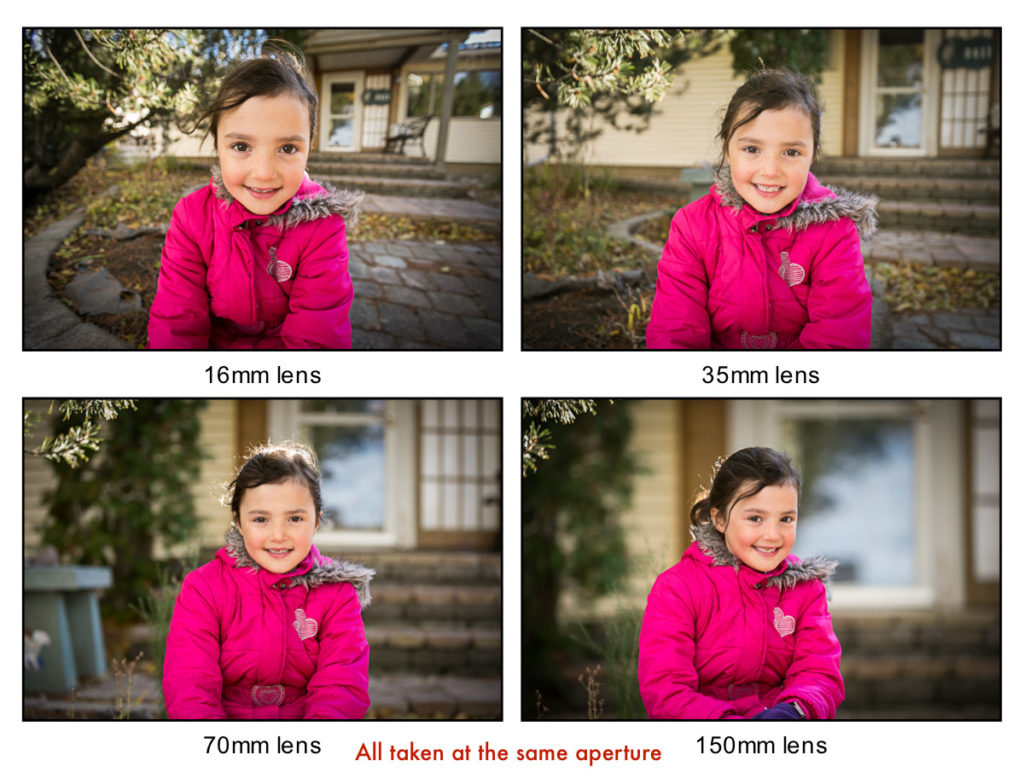Keeping your images sharp, combating the movement of the digital camera, avoiding the dreaded stains or blurs can be an overwhelming challenge, especially for manual photography without using a tripod, so in this article you will find some tips to keep your photos. stable and perfect.
In fact, there are a number of reasons why your photos look blurry or blurry, knowing each one is essential to know how to prevent or fix them. Here are the main situations that can lead to blurry images:
- To avoid the main stabilization and sharpness problems of your photos.
- We will know each of the causes and solutions in depth below.
In manual photography, any movement can be captured by the sensor and cause blurry and blurry images. To solve this problem, it is necessary to hold the camera correctly, firmly to reduce the possibility of distortion of the images. Similarly, it’s also possible. To use certain equipment to stabilize the camera, such as a tripod or monopod, they work more efficiently to prevent blurry images.
Another support point is to use the image stabilization feature of your own camera, it allows you to take photos at faster shutter speeds, which avoids any kind of problem with your image.
The movement of the body during breathing (inhalation or exhalation) when you press the shutter can also make the camera vibrate. Therefore, you should consider your breathing during filming.
This problem is most evident in high-speed photography, in which the object or person moves very quickly and the camera sensor captures what is called motion blur.
Increasing shutter speed or ISO configuration prevents this. Taking one of these actions will eliminate image distortion and make your photos sharper and more amazing.
Most of the time, this occurs when shooting at low speed with a telephoto lens. In these cases, you can reverse the vibration effects of the camera mirror using the lock function, available in most DSLR cameras.
If your greatest desire is to get sharp images, the way you hold your camera is essential to achieve this goal, the standard way to do it is to support your equipment at three points of stability, for this the photographer must use both hands to achieve more firmness and place his face against the eyepiece of the camera.
Gently open your arms sideways, pull them toward your chest, then place your face lightly against the camera, while looking through the viewfinder, keep your chin raised and relaxed when you press the shutter.
When taking standing pictures, you should also pay attention to how to hold the camera. To provide more stability in this position and avoid blurry images, keep the lower body firmly positioned during the photo shoot.
See what the best angle is compared to what you want to capture in your photo, then keep your arms on your sides.
As we’ve already seen, filling speed helps combat and prevent blurry and blurry images. In manual photography in 35 mm format, the rule is to have a speed equal to or greater than the focal length of your lens. But, when the camera sensor is not full frame, you must convert the focal length to the sensor size.
Example:
APS-C sensor? Lens focal length at 100 mm – 1. 6 mm sensor equivalence 35 mm – 160 mm Shutter speed limit 1/160 sec. when shooting without tripod.
APS-H sensor? Lens focal length at 100 mm – sensor equivalence 1. 3 mm 35 mm – 130 mm Shutter speed limit 1/130 sec. when shooting without tripod.
You can also bring more stability to your camera and therefore to your images with a tripod or monopod. These devices help fix the camera and are essential for longer photo shoots, in which holding the camera firmly can become a challenge.
Before shooting, you should make sure that the tripod has been placed in a stable position to prevent camera movement and even serious accidents with your equipment. To help you with this task, here are some tips for installing a tripod appropriately and safely:
Monopods, as the name suggests, have a single support point, so they are not able to support the camera and lens on their own, so combine your monopod with your body to promote greater stability in your images, using your feet, for example, to make this equipment firmer.
Monopods are ideal for photographing sporting events or the like because they support heavy telephoto therapy and even allow photographers to quickly adjust the camera direction.
This basic guide aims to guide you through the main tricks of the best photographers to avoid blurry images in your work. Take the opportunity to share your own techniques and ideas below, enriching our discussion.

